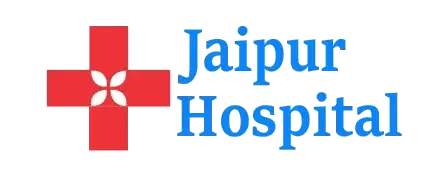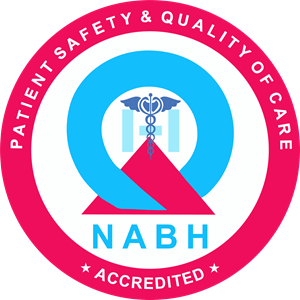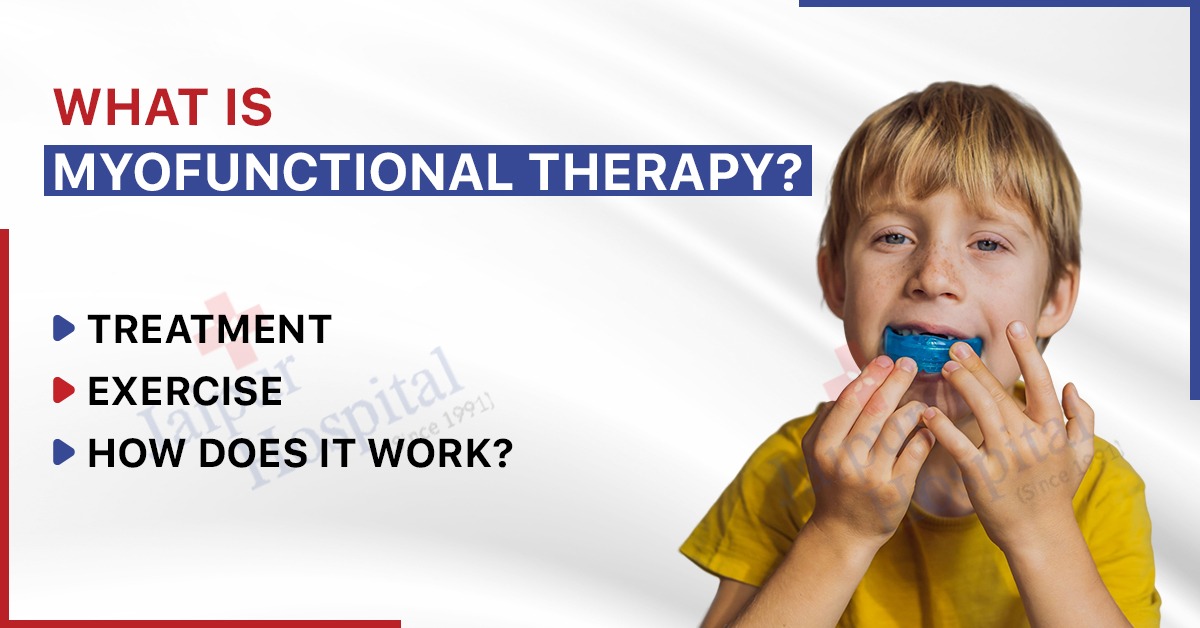What is Myofunctional Therapy?
The face, mouth, and tongue muscles are trained through an exercise program called myofunctional therapy. These activities are intended to enhance problems with communication, eating, or breathing.
According to research, myofunctional therapy may be a successful treatment for sleep-disordered breathing. A group of sleeping disorders known as sleep disorders of breathing result in less airflow through your upper airways. Obstructive sleep apnea and loud snoring are among its symptoms.
Myofunctional therapy is an appealing alternative to other treatments like continuous positive airway pressure (CPAP) or surgery because it is secure and reasonably priced.
We examine myofunctional therapy in greater detail in this article, including how it treats sleep apnea, what it entails, and how it functions.
What are Orofacial Myofunctional Disorders?
The muscles and functions of the face and mouth are affected by conditions known as orofacial myofunctional disorders (OMDs). OMDs may affect, directly and/or indirectly, breastfeeding, facial skeletal growth, and development, chewing, swallowing, speech, occlusion, temporomandibular joint movement, oral hygiene, stability of orthodontic treatment, facial esthetics, and more.
The majority of OMDs begin with oral breathing or insufficient habitual nasal breathing. Many OMDs result from the subsequent musculoskeletal and orofacial adjustments to an irregular breathing pattern.
Orthodontists, dentists, dental hygienists, speech-language pathologists, and other specialists who deal with the orofacial region may be impacted by the treatments provided by people with orofacial myofunctional disorders.
An appropriate connection between the muscles of the face, mouth, and throat is necessary for proper swallowing. One activity that is dependent on the body’s essential balance is swallowing. The muscles and nerves in the tongue, cheeks, and throat must cooperate to swallow properly.
Normal swallowing involves the tongue tip pressing firmly against the hard palate or roof of the mouth, which is situated just behind the front teeth. Together with all the other muscles used for swallowing, the tongue functions. While this is happening, the tongue’s force is absorbed by the hard palate.
Due to the 500–1000 times per day that a person swallows, improper swallowing can result in several issues. The most harm is, however, actually done by the tongue’s resting position because it is more constant.
You can also read:- Broken Tailbone: Causes, Symptoms, Treatment, and Recovery
Signs of Orofacial Myofunctional Disorders
The following are some indications of an OMD:
● a person who either never uses their nose to breathe or has trouble doing so.
● hardly any tongue movement.
● eating might be challenging or messy. Remember that babies often stick their tongues out and push food out of their mouths as a normal developmental process. Over time, they do this less.
● dental issues such as an overbite, underbite, or other issues.
● even when a person is not talking or using their tongue, their tongue will often push through their teeth.
● having trouble pronouncing certain sounds, such as the “s” in “sun,” the “sh” in “ship,” or the “j” in “jump.”
● drooling, particularly after age 2.
● lip closure is difficult during swallowing.
How Does Myofunctional Therapy Works?
You can anticipate that a medical professional who has received advanced training in OMDs and their treatment will administer your myofunctional therapy. Dental professionals may go through this training to quickly identify OMDs while performing routine oral exams and offering treatment regimens.
A personalized program will be created by your myofunctional therapist to retrain your orofacial muscles and improve function. Normalizing your tongue and lips’ resting position, establishing nasal breathing patterns, or getting rid of bad habits like thumb-sucking are some objectives of your training that may be mentioned.
Your myofunctional therapist will assist you in becoming more conscious of your mouth and facial muscles as you retrain these patterns. Your therapist will probably assign you exercises to complete at home that will help you focus on healthy patterns of breathing, swallowing, and sleeping.
You can improve your muscle strength and coordination by practicing these positions and motions. Myofunctional therapy should eventually help your OMD symptoms, including your ability to speak more clearly, eat more effectively, and sleep better.
You might also appreciate some aesthetic adjustments to your smile and face. You can treat your orofacial myofunctional disorder, straighten your mouth, and restore your smile with the aid of a diagnosis from your dentist and assistance from a myofunctional therapist.
An expert in oral health medicine reviews articles for the Oral Care Center. Only educational purposes are intended by the information provided. This information isn’t meant to replace a qualified medical professional’s guidance, diagnosis, or care. Always consult your dentist, doctor, or other skilled healthcare professional before making any decisions.
You can also read:- Jacobsen Syndrome: Symptoms, Causes, Diagnosis, and Treatments
When do I need It?
Face, mouth, and throat muscles that are weak and underdeveloped are unavoidable in people with orofacial myofunctional disorders. The goal of myofunctional therapy is to retrain and strengthen the oropharynx muscles through regular, easy workouts.
The effects of breathing problems and other orofacial myofunctional disorders symptoms are lessened as a result of the treatment’s stabilization of your face, mouth, and throat muscles.
Myofunctional Therapy Exercises
Children aged 6 and older may perform the exercises used in myofunctional therapy. They might also be beneficial for adults. Although some of the exercises might draw unwelcome attention, therapy can be carried out anywhere, including at home. As the exercises may be challenging for people with a short frenulum (the tissue connecting the tongue to the floor of the mouth), you may want to consult your healthcare provider about their suitability before beginning.
The exercises in the routine are listed below:
Exercise 1: Push up the tongue
Push upward and hold for 5 seconds by pressing the tongue tip against the hard palate on the roof of the mouth, just behind the top teeth. Repeat this exercise 10 times.
Exercise 2: Touch the nose
Hold your tongue out in an attempt to touch the tip of your nose for ten seconds, then let go. Repeat this exercise 10 times.
Exercise 3: Touch the chin
Try to lick the base of your chin with your tongue extended. Hold the position for ten seconds, then let go. Repeat this exercise 10 times.
Exercise 4: Push tongue left
For 10 seconds, stick out your tongue as far to the left as you can and hold that position before relaxing. Repeat this exercise 10 times and exceed it at your convenience.
Exercise 5: Push tongue right
After extending your tongue as far to the right as you can, hold the position for 10 seconds, then let go. Repeat 10 times.
Exercise 6: Roll tongue
Roll your tongue lengthwise folding the edges toward the center until it resembles the tip of a taco. Keep it folded and extend it as far as possible; hold for ten seconds, then let go. Repeat this exercise 10 times.
Exercise 7: Click the tongue
Put your tongue against the roof of your mouth and make a loud clicking noise. The tongue should be clicked for 15 seconds, then 10 times.
Exercise 8: Push the tongue against a spoon
For 10 seconds, firmly press a spoon against your lips while it is held in front of you. Avoid letting your tongue point downward and keep it straight. Repeat this exercise 10 times.
Exercise 9: Hold a spoon
Put the metal spoon handle between your lips and hold it there for 10 seconds using only your lips. Never put the handle in your mouth. Maintain a parallel line with the ground. You can add additional weight to the spoon (such as a sugar cube) as your strength increases. Repeat this exercise 10 times.
Exercise 10: Hold a button
Tie a button to a string with a minimum length of 10 cm for kids and adults who are not at risk of swallowing it. Put the button between your lips and teeth. Put your lips together tightly and pull the string out while holding it there. Pull for 10 seconds before letting up. Repeat this exercise 10 times. Placing the button flat between the lips will make it more challenging.


